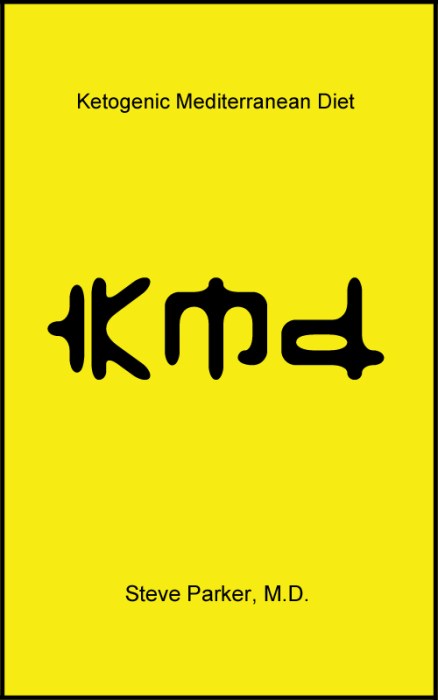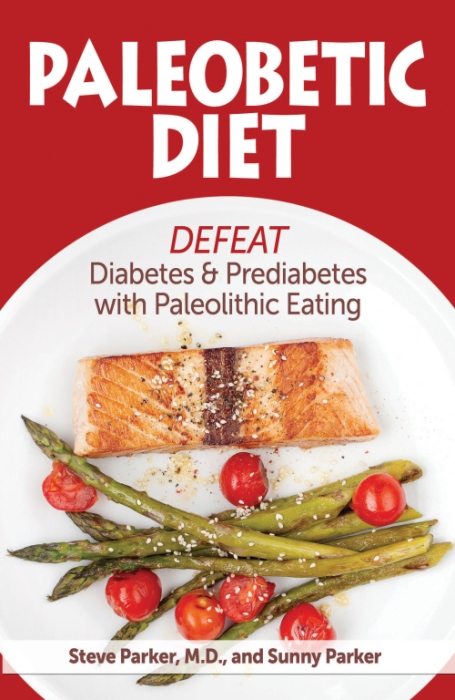
Right off the bat, I don’t like that they studied both diabetics and prediabetics. There were only 40 original study participants, with complete data on only 33. Why lump the two together?
Participants followed each diet for 12 weeks then lab data and body weight were assessed.
The researchers conclusions:
HbA1c [a measure of blood sugar control] was not different between diet phases after 12-weeks, but improved from baseline on both diets, likely due to several shared dietary aspects. WFKD [ketogenic diet] was beneficial for greater decrease in triglycerides, but also had potential untoward risks from elevated LDL-C, and lower nutrient intakes from avoiding legumes, fruits, and whole intact grains, as well as being less sustainable.
Triglycerides dropped more on the keto diet, no surprise. Body weight dropped the same for both diets, 7-8%. HDL-cholesterol (the “good cholesterol”) rose 11% on keto and 7% on Mediterranean diet. HgbA1c dropped the same on both diets, about 8% from baseline. Both diets lead to eating ~300 calories less per day than baseline consumption.
Dr Bret Scher addressed the increased LDL-cholesteral (aka “bad cholesterol”) over at DietDoctor.com:
The authors reported that LDL “dangerously” rose 10% on the keto diet. But was it really a dangerous change? Triglycerides went down on the keto diet, as we would expect. And as we saw in 2018 with the Virta Health trial, on average, LDL went up 10%. However, the calculated cardiac risk score went down 12%.
In terms of answering the headline question, Keto Versus Mediterranean Diet: Which Is Best for T2 Diabetics and Prediabetics, the answer really depends on long-term data concerning longevity and various diseases. This study doesn’t answer the question.
What say you?
Steve Parker, M.D.
PS: Can’t decide between Keto and Mediterranean? Why not combine the two? The best of both worlds!



Click to purchase at Amazon.com. E-book also available at Smashwords. com.




